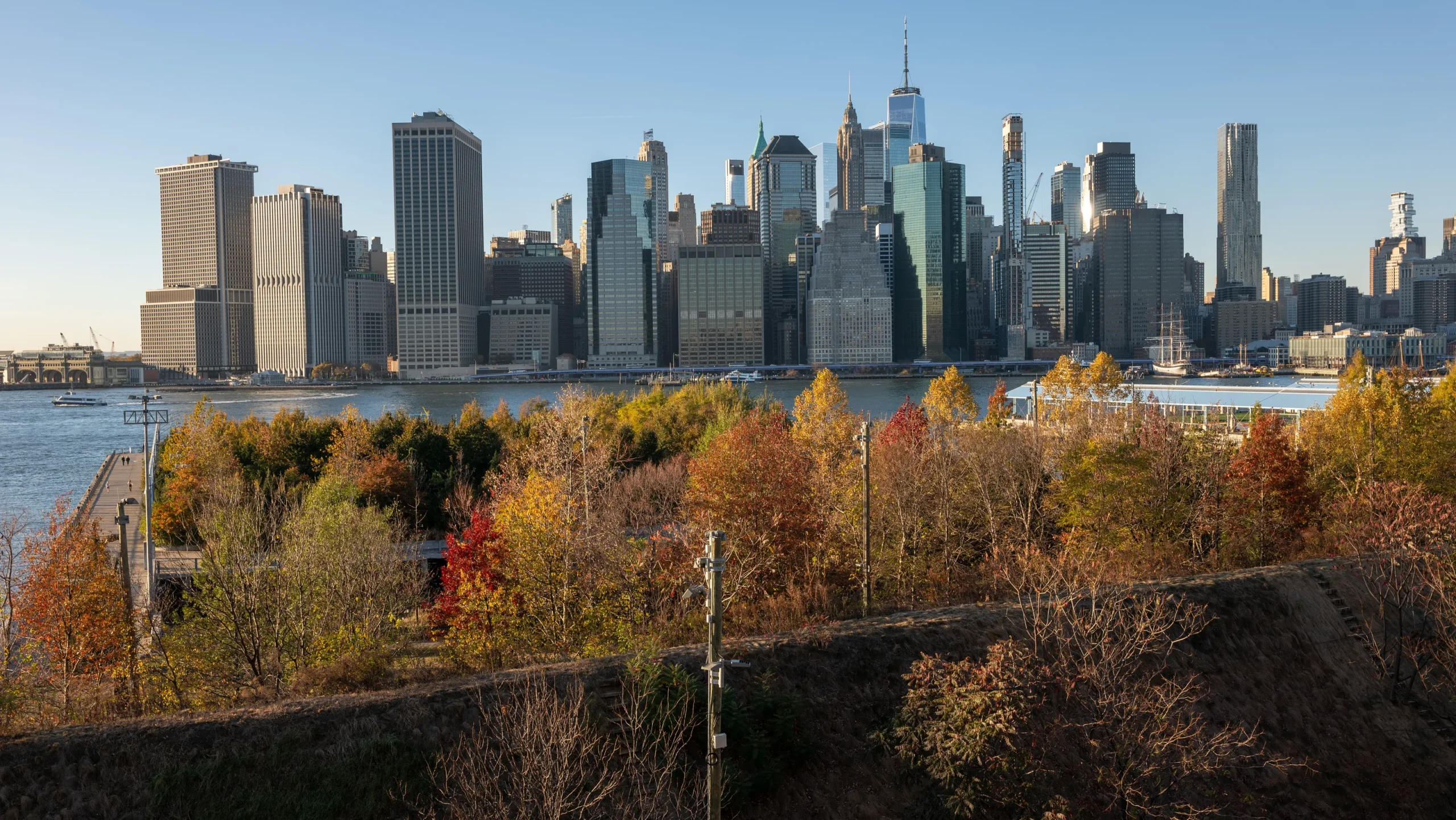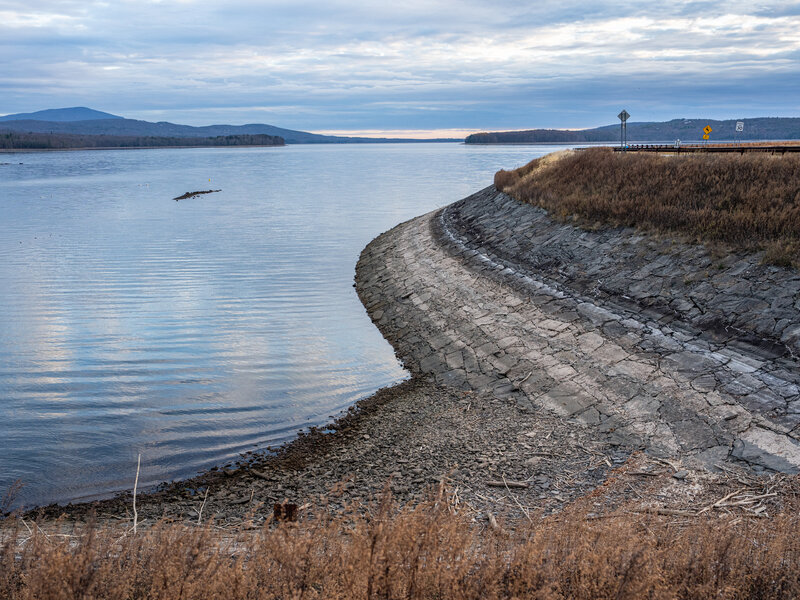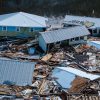New York City is currently experiencing rain, but it is insufficient to alleviate the city’s long-term drought. The unusually dry months of October and November have significantly impacted the region, leaving it far behind in precipitation levels needed to replenish reservoirs and reduce wildfire risks.
This rare drought condition, with no similar warnings since 2002, highlights the pressing challenges posed by prolonged dry spells, as noted by New York State’s Commissioner of Homeland Security and Emergency Services, Jackie Bray, in a recent discussion.
The city requires an additional 6 to 9 inches of rainfall, beyond typical seasonal amounts, to emerge from the drought warning. This deficit extends beyond New York City, severely impacting the Hudson Valley as well. To manage the crisis, authorities are equipping water suppliers with essential resources, conducting checks on emergency stockpiles, and encouraging water conservation. Measures such as limiting water use in public systems, including subway car cleaning, are being implemented to mitigate the strain on water supplies.
If conditions worsen, a shift from drought warning to a drought emergency would necessitate mandatory water restrictions. The decision depends on precipitation levels, reservoir capacity, groundwater availability, and stream flow rates.
Currently, reservoirs stand at 60% capacity, far below the usual 79%. Officials stress the need for consistent rainfall to prevent escalation. Despite the drought, the wet summer has provided some relief through groundwater contributions, but continued public cooperation in water conservation remains critical.

Residents are urged to minimize fire risks, a significant concern in dry conditions. Governor Hochul’s statewide burn ban reflects the heightened danger. Practical advice includes avoiding open flames, reporting leaks, and refraining from nonessential water use, such as car washing. With Thanksgiving approaching, caution is also advised against high-risk cooking practices, like outdoor turkey frying, which could inadvertently ignite fires in dry environments.
The drought underscores the broader implications of climate change, with similar conditions affecting much of the country. To prepare for future droughts, the state is focusing on improving infrastructure resilience. Efforts include enhancing water efficiency in buildings, repairing critical water systems like the Delaware Aqueduct, and investing in weather monitoring and communication through initiatives like the New York State Weather Risk Communication Center.
Long-term strategies to combat the challenges of climate change involve coordinated efforts at all government levels. Enhancing public understanding of weather risks, maintaining robust water management systems, and fostering community participation in conservation are essential steps. These measures aim to ensure sustainable resource management while adapting to the increasing frequency of extreme weather events.

